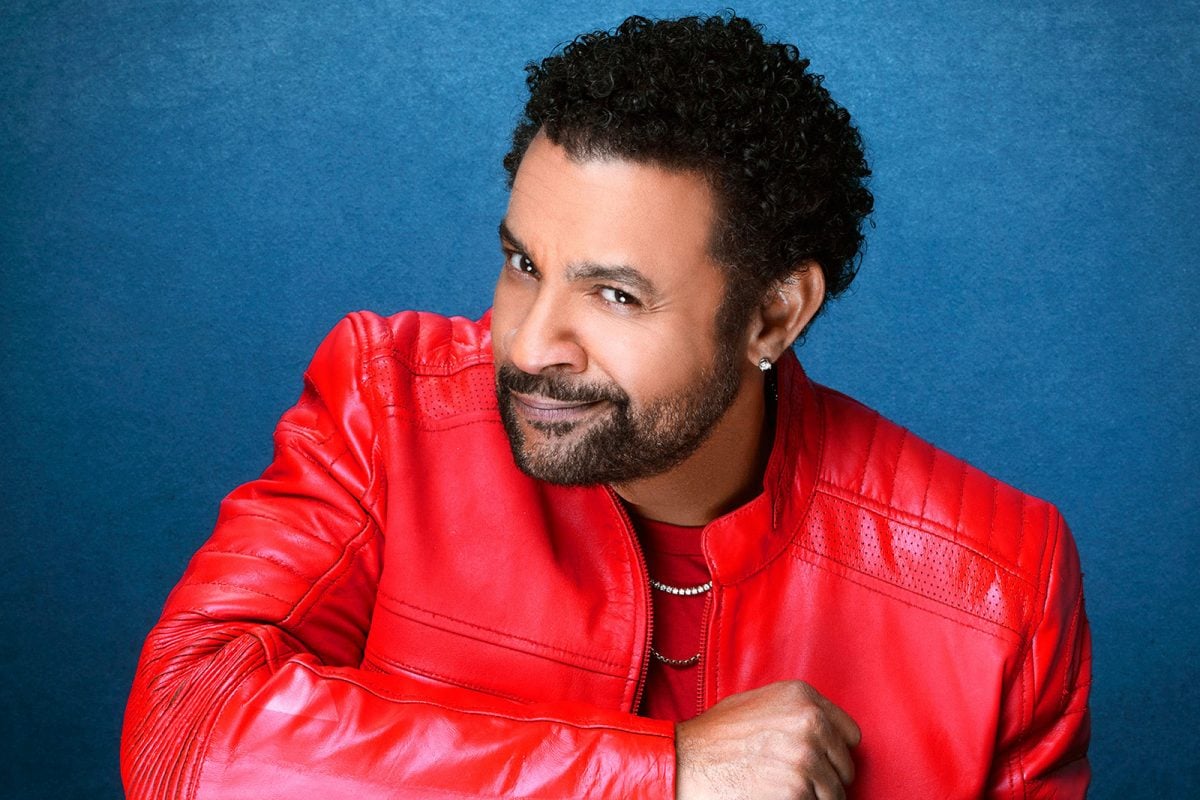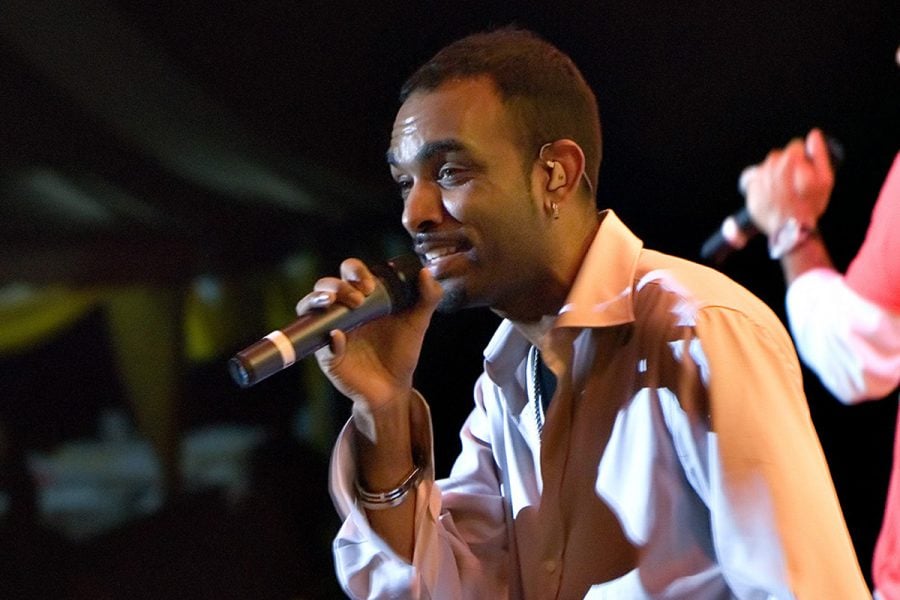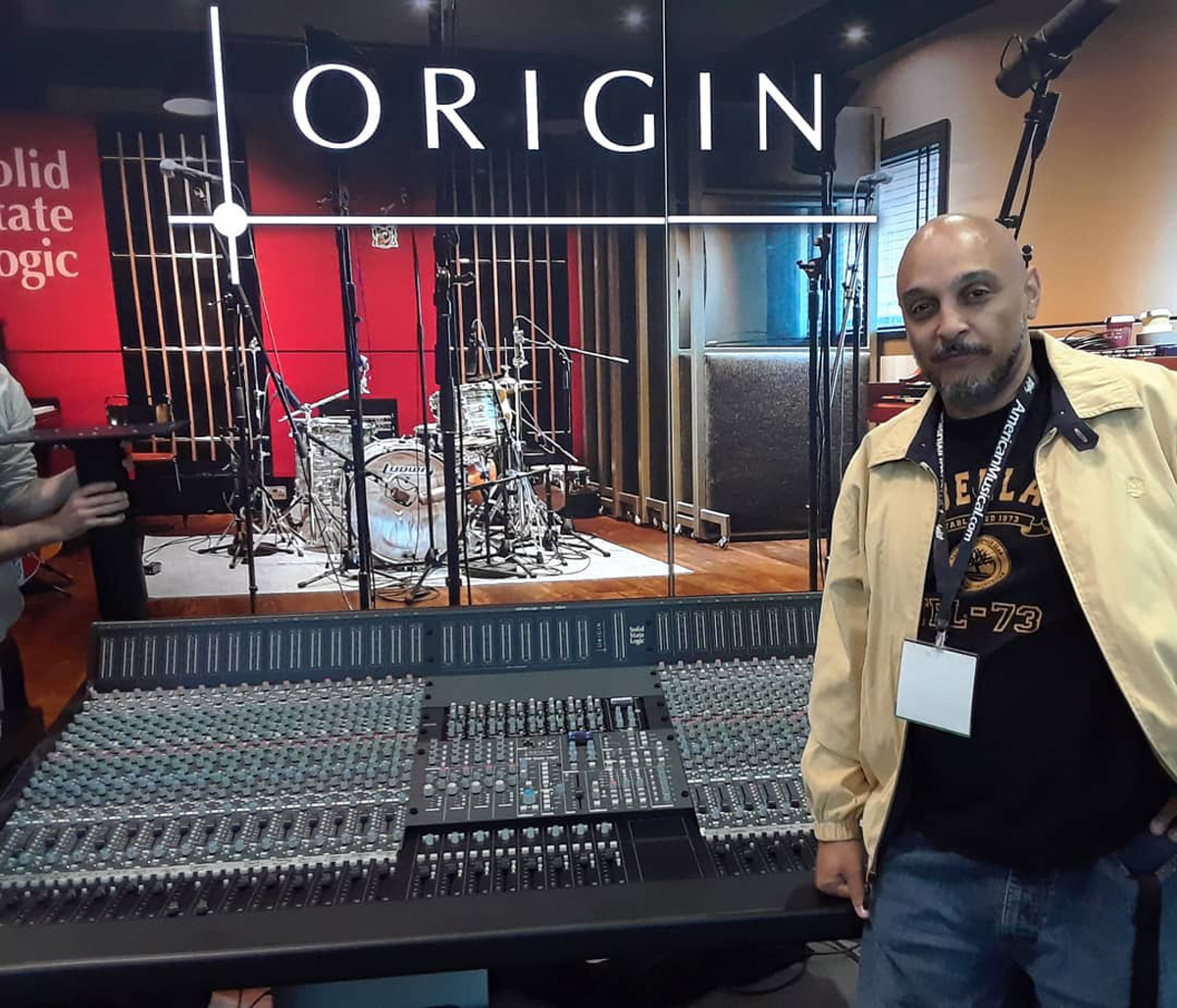Shaggy Tells The Story Of How ‘It Wasn’t Me’ Almost Wasn’t Released

Unknown to many, it was a series of twists of fate which led to the explosion of Dancehall megastar Shaggy’s now-legendary recording, It Wasn’t Me, becoming a mega platinum-selling track, 20 years ago.
A new VICE documentary released a few days ago, chronicled how the song, which had been disregarded by MCA Records as ‘trash,’ made Hot Shot rise to be the army veteran’s biggest selling album.
“When Shaggy recorded his Hot Shot album, containing It Wasn’t Me and Angel, the label dismissed it as a throw-away album with “no hits.” It Wasn’t Me wasn’t even released as a single,” VICE said.
“But a series of happy accidents, some illegal downloading, and sheer determination, propelled “It Wasn’t Me” to become one of the first viral crossover hits,” they noted.
The beat was produced by producer Sting International, who also produced Mr. Boombastic and Oh Carolina. Sting used three main instruments: two horns, a violin, and a bass drum to create the beat for It Wasn’t Me. It was the first track he recorded on the album after Shaggy visited the studio and heard the beat playing on the sound system, and wanted to be on it.
Reminiscing on the US musical landscape back then, Shaggy said Dancehall was not yet mainstream, but he wanted his next album to be from that genre. So, he roped in young songwriter RikRok whom he described as ‘quick,’ to strategically write records, which were fit for airplay.
“My aim was to write adult content without being explicit. You have to have enough English in the song to grab people. Now you need to bring it back to the authenticity, straight hardcore Dancehall… The concept of the song is: this guy is in problems. I am the little devil player, saying: ‘It wasn’t you.’ The record is basically saying that it’s not good to cheat; a moral conversation as Sting would say,” he explained.
Shaggy and RikRok came up with the melodies, and Sting International brought in the idea of the intro being a little skit and the last verse which formed ‘the apology’ to appease female listeners. According to Shaggy, they all knew the song was going to be ‘something special’ as they were keeling over with laughter while coming up with the lyrics.
As for the hook, Shaggy said it was an Eddie Murphy joke in his 1987 Standup Comedy RAW , that gave birth to the line “It wasn’t me.”
“We were sitting there one day, watching Eddie Murphy’s RAW. He had a skit where he was saying: ‘It wasn’t me’… and that was a joke and I said ‘why don’t we write that?’

RikRok understood that their next production had ‘to be awesome,’ as Shaggy was just dropped from his previous label. He was, however, petrified while composing the highly risqué lyrics, which initially he had no intention of singing, as he never considered himself a singer, and was even afraid of people finding out he was the co-author.
“I have never written a song like this before in my life. Every line terrified me,” he explained.
Hans Haedelt, a former MCA Records senior director, who accidentally heard the demo tape, said he immediately knew the song would be a hit. Although Shaggy’s manager Robert Livingston, had ordered it pulled from the album as he did not like it, Hans recommended that the three men complete the song and add it to the list.
“When the label heard the finished proposed album, the senior executives thought the album was a pile a junk; there was not a song on there that they could release to radio; and I should be thankful that I still had a job,” Hans said.
“Nobody at MCA records lifted a finger – until it became unstoppable,” he added.

Sting International said he spent the entire night completing the song using the original demo vocals done by RikRok and Shaggy, only to be disappointed by MCA who thought the song and the whole album, including Angel which turned out also to be a hit, was wack. He said they provided no form of promotion for it, not even posters.
MCA executives engaged producers Jimmy Jam and Terry Lewis, to record the track Dance and Shout for Shaggy, claiming it would be the album’s hit single. Contrary to their predictions, that song flopped.
A depressed Shaggy later started his promotional album tour on the US East Coast, to which only a few hundred patrons showed up at the concerts.
But it was when radio disc jockey Pablo Sato from Hawaii, snatched a copy of the album off the internet from Napster after his request for a copy was declined by MCA, that the track soared in popularity. The tide of change turned dramatically in Shaggy’s favor, as radio stations all over the US played the song over and over like a riding horse.
There was pandemonium at the star’s next show. The album began amassing sales of 500,000 hard copies every week, and it went to number one in every country in which it was available for sale.
“We made something so special the world had to stop and take notice. It’s like who the f__ are these Dancehall guys?” Shaggy said, laughing.
VICE released the documentary to mark the 20th anniversary of Hot Shot, which coincides with the release of Shaggy’s remake: Hot Shot 2020 . Watch the documentary below.
Shaggy and Sting International, whose real name is Shaun Pizzonia, parted ways in March 2018. Pizzonia disclosed that Hot Shot 2020 was created against his wishes, and went further by labeling it a ‘desperate’ move.
“I don’t do desperate moves, and I never will, especially when my legacy would be at risk of devaluation. Thank you to all of the fans of my original productions,” he said in a statement in April this year.
Shaggy responded and without sounding overly smug or desperate, said that the album was iconic and largely responsible for taking Reggae and Dancehall culture into the mainstream. He believes he would be doing a great injustice to his fans in Jamaica and abroad had he not jumped on the opportunity.
